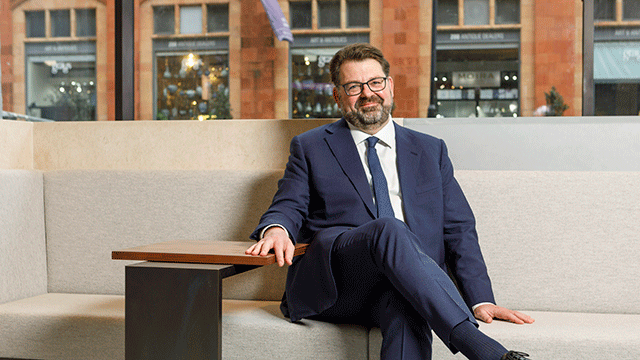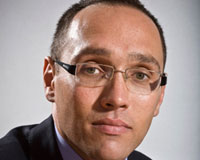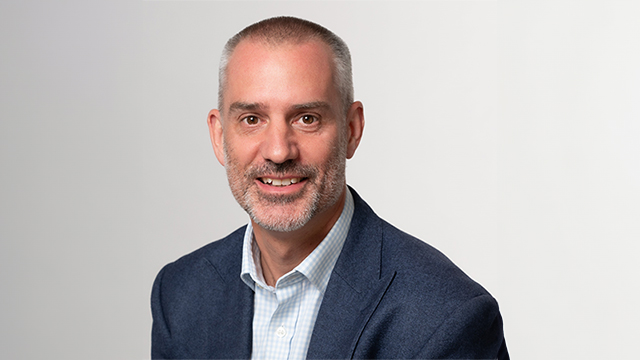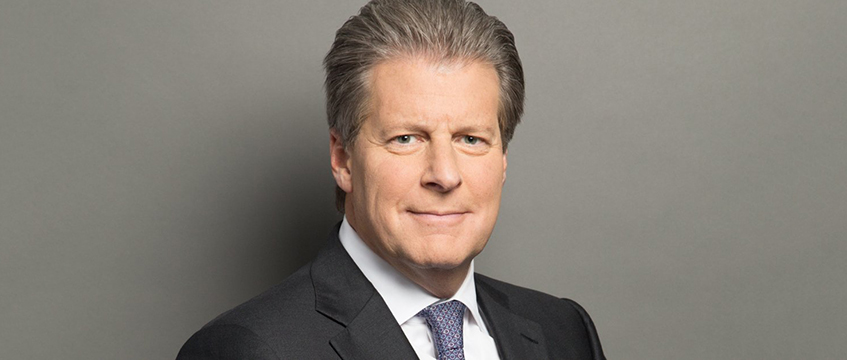Property’s game of musical chairs hit CBRE this week: new chairmen and managing directors for the UK and Europe tasked with cementing CBRE’s proposition in a frightfully complex market. It’s far from alone.
The restructure all but completes one of 2012’s defining trends: the almost complete overhaul of the upper echelons of the UK’s biggest firms.
So at CBRE Matthew Pullen succeeds Martin Samworth as UK MD. Samworth takes on the newly created role of MD for EMEA; Mike Strong remains chairman for the region. Stephen Hubbard steps up to become UK chairman of CBRE.
Ciaran Bird becomes MD of commercial markets, taking on responsibility for the UK transactional businesses in addition to his role as head of UK retail. Malcolm Dalgleish remains chairman of EMEA and UK retail.
Got it? Good. Keep up.
So plus ca change, plus ca meme chose? We’ll see. After all, the faces at the top of the green machine remain remarkably similar. And while younger blood, such as Bird and Pullen, is being advanced, more – ahem – experienced hands like Strong, Hubbard and Samworth are staying very much involved.
That said, if this were a one-firm move, you could be forgiven for thinking that the new world order is little different from the old. (Especially if Samworth, Strong and Hubbard remain more hands-on than their job titles suggest.)
But given that CBRE is only the latest in a long line of firms to reinvent its upper echelons, the changes are part of what could be a seismic shift in how the UK’s top agents position themselves and behave in 2013 and beyond.
Jostling for position in the UK is one thing. Being the funnel for inward investment in the world’s world city of choice – London – is another altogether. That’s the stage on which all the leading firms want to play. Samworth himself said this week: “Things are changing in the world so fast and the industry is globalising. You have to shape your ship accordingly.”
Take BNP Paribas Real Estate. New chief executive John Slade is reshaping the firm and is looking to almost double turnover within four years (p66). He too has remoulded his team. And, like CBRE, which moved its West End HQ down the road last year to Henrietta House, it will soon move its mothership in 2015. (And if a move next to the new Googleplex in King’s Cross doesn’t fast-track change for an organisation, nothing will.)
Other firms are the same. Savills Commercial chairman Mark Ridley is to become chief executive of Savills UK in January. (And it’s moving: to Great Portland Estates’ 33 Margaret Street, W1, in 2013). He will want to mould things in his own image.
Alistair Elliott’s fellow Knight Frank partners – and isn’t that a word that sounds quaint all of a sudden – have elected him senior partner. He takes over from Nick Thomlinson in April. He has talked before of his ambitions for global growth.
Nick Shepherd stepped down as head of Drivers Jonas Deloitte at the beginning of the year, after more than a decade at the helm, with Richard Owen succeeding him. Can the firm finally make the most of its parent’s position at the heart of UK plc and Global Inc?
DTZ, of course, has changed more than most. John Forrester may remain as the glue that holds the firm together, but its restructure is as thorough as its gets following last year’s UGL rescue.
Cushman & Wakefield? Carlo Barel di Sant’Albano took over as EMEA chief executive in July. Jones Lang LaSalle, of course, got there first. Its merger with King Sturge in 2011 ushered in a whole series of management (and office) moves.
While by no means immune to change, Capita Symonds and GVA have perhaps made fewer changes.
It would take integration on an unprecedented scale in 2013 to top all that. Not so impossible then.
Damian.Wild@estatesgazette.com











